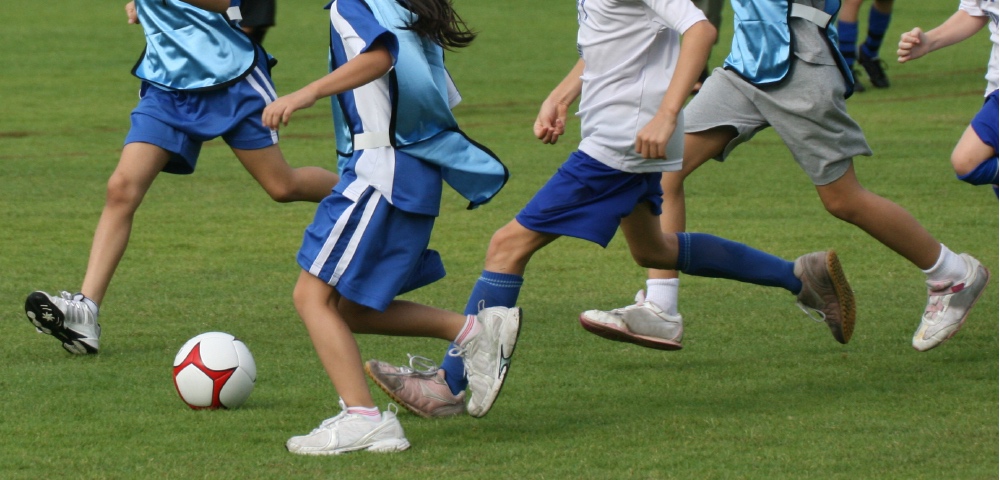Between 1975 and 2016, the global prevalence of childhood obesity increased by nearly 5 percent among boys and nearly 7 percent among girls.
School-based physical activity programs offer one way to help reduce or prevent obesity among school age kids, but few large-scale population-based studies of their effectiveness have been done. This lack of data on successful interventions make it difficult to achieve progress in the fight against childhood obesity.
A team of researchers did a real-world study of a physical activity intervention in Slovenian primary schools. They found the program, called Healthy Lifestyle, effectively prevented obesity in participants between the ages of 6 and 14.
The Healthy Lifestyle program was introduced into 216 schools between 2011 and 2018 and offered to all students in these schools. It provided two or three additional sessions of physical education per week immediately after school. Between 16 and 30 children were in each class.Extra physical education classes after school each week are also likely to benefit kids’ mental health and school performance in addition to improving fitness.
The physical education teachers involved in the program offered at least 12 different sports every three years and prioritized the three most locally popular sports. They also provided participants with information about healthy diet and lifestyle habits that could help prevent weight gain.
The researchers compared the results from the more than 34,000 Healthy Lifestyle participants with those of an equal number of students at nonparticipating schools. They found the program began to reverse obesity after three years and was most effective after five years.
“Since the intervention was planned and implemented by physical education teachers, our study emphasizes the importance of the quality of organized physical activity to trigger positive changes in body composition,” said Gregor Starc, a senior author on the study and an associate professor at the University of Ljubljana in Slovenia.
The difference in body mass index (BMI) between participants and nonparticipants increased over the seven-year study period, with the biggest effects seen after three-to-four years of participation in the program.
“Our results show the importance of long-lasting, school-based physical activity programs for children’s health, both at the individual and population level,” Maroje Sorić, another senior author on the study, told TheDoctor. Such programs are also likely to benefit kids’mental health and school performance while improving fitness, he added.
The effect of the Healthy Lifestyle program on BMI was generally greater in girls than boys. Compared to children of normal weight or who were overweight, change in BMI was consistently greater in those with obesity: 1.4 kg/m2 in girls with obesity and 0.9 kg/m2 in boys with obesity.
The researchers point out that BMI is not a perfect measure of weight loss since it cannot distinguish between fat mass and muscle mass, so body mass may rise with an increase in fitness and muscle mass. According to Sorić, a professor at the University of Zagreb in Croatia, they plan to use the Healthy Lifestyle intervention as a way to track health and fitness related outcomes, such as fitness levels and body fat, in children enrolled in the program.
The study is published in Obesity.





